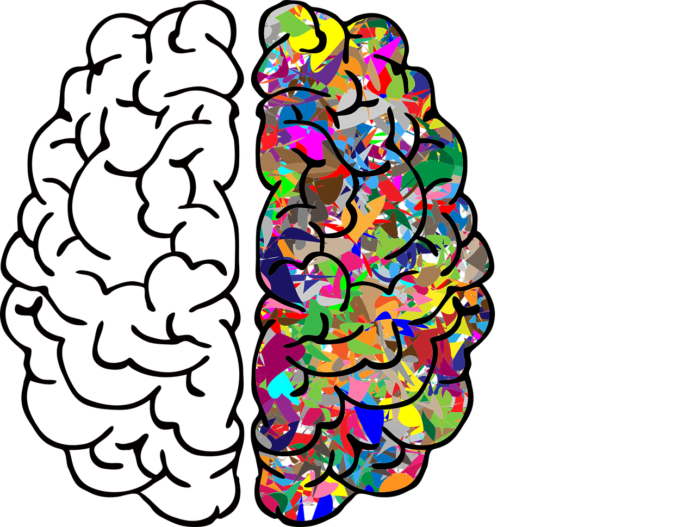Cura is a popular open-source 3D printing software used by enthusiasts, hobbyists, and professionals to prepare 3D models for printing on various 3D printers. It is a powerful slicing software that has gained a reputation for its user-friendly interface and robust features. In this comprehensive guide, we will delve into everything you need to know about Cura, highlighting ten important aspects of the software that will help you maximize its capabilities.
1. Slicing and G-Code Generation: Cura is primarily known for its slicing capabilities. It takes 3D models in STL or OBJ formats and slices them into thin layers, generating the G-code instructions needed for 3D printing. This process involves defining layer height, print speed, infill density, and other parameters to optimize the print quality and efficiency.
2. Open-Source and Community-Driven: Cura is an open-source software developed and maintained by Ultimaker, a well-known 3D printer manufacturer. Being open-source means that the software is continually improved by a global community of users and developers. This collaborative environment ensures regular updates and enhancements.
3. User-Friendly Interface: One of Cura’s strengths is its intuitive user interface, which makes it accessible to both beginners and experienced users. The software offers a straightforward layout with clear options for slicing settings, making it easy to navigate and customize.
4. Customizable Print Profiles: Cura allows users to create and save custom print profiles. This feature is beneficial because it lets you fine-tune settings for specific materials, print quality, and 3D printer models. You can create profiles for different filaments, nozzle sizes, and even different 3D printers, saving time when switching between projects.
5. Multiple Supported 3D Printers: Cura is compatible with a wide range of 3D printers, not just those manufactured by Ultimaker. Its versatility allows users to use the software with printers from various brands, making it a popular choice in the 3D printing community.
6. Plugin System: Cura offers a plugin system that extends its functionality. You can enhance the software’s capabilities by installing plugins for additional features, such as custom supports, mesh repair, and integration with CAD software.
7. Integrated 3D Viewer: Cura includes a built-in 3D viewer, which allows you to preview your sliced model before printing. This feature enables you to identify potential issues, adjust settings as needed, and ensure that your 3D model is correctly positioned on the print bed.
8. Material and Printer Profiles: Cura comes with predefined material and printer profiles, making it easy for users to get started with various filaments and 3D printers. These profiles provide a solid foundation for newcomers while still offering flexibility for customization.
9. Print Simulation and Estimated Print Time: Cura includes a print simulation feature that provides a visual representation of how your 3D model will be printed layer by layer. Additionally, it estimates the print time, helping you plan and manage your 3D printing projects more effectively.
10. Regular Updates and Community Support: The Cura software is actively maintained and updated, ensuring compatibility with new 3D printers and materials. The community surrounding Cura is vibrant and supportive, making it easy to find answers to questions and troubleshoot any issues you may encounter.
11. Advanced Print Settings: Beyond the basic settings, Cura offers a wide array of advanced parameters that give you precise control over your 3D prints. These settings include options for support structures, brim and raft generation, temperature control, and more. Advanced users can fine-tune these settings to achieve specific outcomes, such as optimizing overhangs or reducing stringing.
12. Multi-Material and Multi-Extruder Support: Cura accommodates multi-material and multi-extruder 3D printers, allowing users to create complex and multi-colored objects. With proper configuration, you can seamlessly switch between different filaments during a print or use multiple extruders for intricate designs, opening up new creative possibilities.
13. Versatile File Format Support: While Cura primarily handles STL and OBJ files, it also supports other 3D file formats like 3MF and AMF. This versatility ensures compatibility with a wide range of 3D modeling software, including industry standards like Blender, Autodesk Fusion 360, and Tinkercad.
14. Dynamic Layer Height: Cura’s adaptive layer height feature is a game-changer for achieving high-quality prints efficiently. It dynamically adjusts layer height based on the model’s geometry. This means that areas with intricate details will have finer layers, while less critical regions will have thicker layers, reducing print time without sacrificing quality.
15. Powerful Print Optimization: Cura excels in optimizing prints for speed, strength, and quality. It offers various infill patterns, allowing users to choose between solid and lightweight infill structures. Furthermore, it provides options for shell thickness and wall line count, enabling you to strike the perfect balance between strength and material usage.
16. Support Generation: The support generation in Cura is robust and customizable. You can manually add or remove support structures, adjust their density, and even use tree-like or custom-designed supports for intricate models. This feature is particularly valuable when dealing with complex geometries.
17. Multi-Platform Compatibility: Cura is a cross-platform software, available for Windows, macOS, and Linux. This compatibility ensures that users can access the software on their preferred operating system, making it accessible to a broad user base.
18. Version History and Change Logs: Cura maintains a transparent history of versions and detailed change logs, allowing users to track improvements and updates. This transparency helps users stay informed about the latest features and bug fixes.
19. Marketplace Integration: Cura has a marketplace where you can discover and install plugins and profiles created by the community. This adds even more functionality and customization options to the software, allowing you to tailor it to your specific needs.
20. Extensive Online Resources: Beyond the official documentation, Cura benefits from a wealth of online resources, including forums, tutorials, and user communities. These resources are invaluable for troubleshooting, learning advanced techniques, and sharing experiences with fellow 3D printing enthusiasts.
In conclusion, Cura is a versatile and user-friendly 3D printing software that is widely used in the 3D printing community. Its open-source nature, customizable profiles, and extensive community support make it an excellent choice for both beginners and experienced users. With its slicing capabilities and numerous features, Cura plays a crucial role in bringing 3D designs to life on various 3D printers.


















